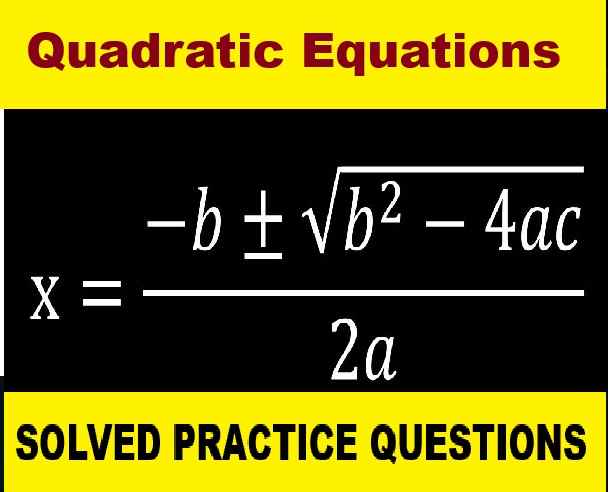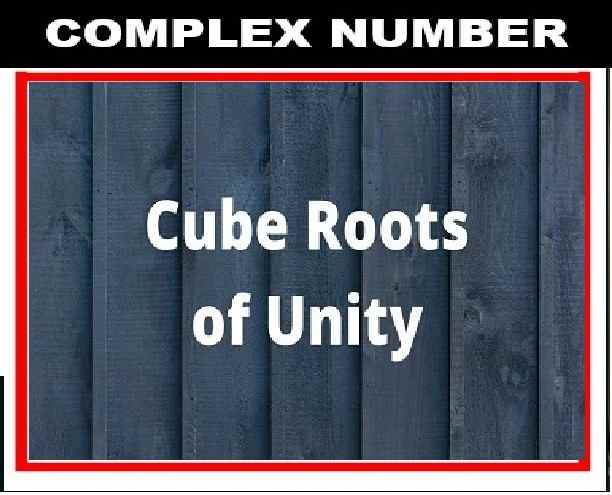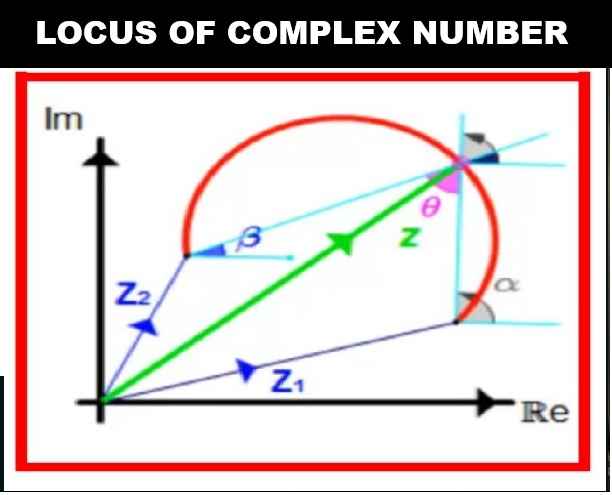ML Aggarwal Percentage and its Applications Exe-7.3 Class 8 ICSE Maths Solutions. We Provide Step by Step Answer of Exe-7.3 Questions for Percentage and its Applications as council prescribe guideline for upcoming board exam. Visit official Website CISCE for detail information about ICSE Board Class-8.
ML Aggarwal Percentage and its Applications Exe-7.3 Class 8 ICSE Maths Solutions
| Board | ICSE |
| Publications | Avichal Publishig Company (APC) |
| Subject | Maths |
| Class | 8th |
| Chapter-7 | Percentage and its Applications |
| Writer | ML Aggarwal |
| Book Name | Understanding |
| Topics | Solution of Exe-7.3 Questions |
| Edition | 2023-2024 |
Percentage and its Applications Exe-7.3
ML Aggarwal Class 8 ICSE Maths Solutions
Page-126
Question 1. Find the discount and the selling price, when:
(i) the marked price = ₹ 575, discount = 12%
(ii) the printed price = ₹ 12750, discount = 8 1/3%
Answer:
(i) the marked price = ₹ 575, discount = 12%
Amount of discount = 12 % of ₹ 575
= (12/100 × 575)
= (12/4 × 23)
= 3 × 23
= ₹ 69
Net sale price = M.P. – discount
= 575 – 69
= ₹ 506
(ii) the printed price = ₹ 12750, discount = 8 1/3% = 25/3 %
Amount of discount = 25/3 % of ₹ 12750
= [25/ (3 × 100) × 12750]
= (25/30 × 1275)
= (5/6 × 1275)
= ₹ 1062.50
Net sale price = M.P. – discount
= 12750 – 1062.50
= ₹ 11687.50
Question 2. Find the discount and the discount percentage, when:
(i) marked price = ₹ 780, selling price = ₹ 721.50
(ii) advertised price = ₹ 28500, selling price = ₹ 24510
Answer:
(i) marked price = ₹ 780, selling price = ₹ 721.50
Discount = M.P. – Selling price
= 780 – 721.50
= ₹ 58.50
Discount % = [Discount/M.P. × 100] %
= [58.50/780 × 100] %
= 5850/780 %
= 585/78 %
= 7.5 %
(ii) advertised price = ₹ 28500, selling price = ₹ 24510
Discount = Advertised price – Selling Price
= 28500 – 24510
= ₹ 3990
Discount % = [Discount/ advertised price × 100] %
= [3990/ 28500 × 100] %
= 3990/ 285 %
= 14 %
Question 3. A notebook is marks at ₹ 30. Find the price a student pays for a dozen notebooks if he gets 15% discount.
Answer:
M.P. of one notebook = ₹ 30
M.P. of one dozen notebooks = 30 × 12 = ₹ 360
Discount = 15%
Amount of discount = 15% of M.P.
= 15% of ₹ 360
= (15/100 × 360)
= (15/10 × 36)
= (3/2 × 36)
= 3 × 18
= ₹ 54
Price a student pays for a dozen notebooks = 360 – 54 = ₹ 306
Question 4. A dealer gave 9% discount on an electric fan and charges ₹ 728 from the customer. Find the marked price of the fan.
Answer:
Consider ₹ x as the M.P. of the fan
Discount = 9%
Amount of discount = 9% of ₹ x
= 9/100 × x
= ₹ 9x/100
Charges for customer = ₹ x – ₹9x/100
728 = (100x – 9x)/ 100
728 = 91x/100
x = (728 × 100)/ 91
x = 8 × 100
x = 800
Hence, the marked price of the fan is ₹ 800.
Question 5. The list price of an article is ₹ 800 and a dealer is selling it at a discount of 20 %. Find:
(i) the selling price of the article.
(ii) the cost price of the article if he makes 25% profit on selling it.
Answer:
(i) M.P. = ₹ 800
Discount = 20%
S.P. = [1 – d/100] of M.P.
S.P. = [1 – 20/100] of ₹ 800
S.P. = 80/100 × 800
S.P. = ₹ 640
Hence, the selling price is ₹ 640.
(ii) S.P. = ₹ 640
Profit = 25%
S.P. = [1 + P/100] of C.P.
640 = [1 + 25/100] of C.P.
640 = 125/100 of C.P.
C.P. = [640 × 100/125]
C.P. = 128 × 4
C.P. = ₹ 512
Question 6. A shopkeeper marks his goods at such a price that would give him a profit of 10% after allowing a discount of 12%. If an article is marked at ₹ 2250, find its:
(i) selling price
(ii) cost price.
Answer:
(i) M.P. of an article = ₹ 2250
Discount = 12 %
S.P. = [1 – d/100] of M.P.
S.P. = [1 – 12/100] of ₹ 2250
By taking LCM
S.P. = (100 – 12)/100 × 2250
S.P. = 88/100 × 2250
S.P. = 88/4 × 90
S.P. = 22 × 90
S.P. = ₹ 1980
(ii) S.P. = ₹ 1980
Profit = 10%
S.P. = [1 + P/100] of C.P.
1980 = [1 + 10/100] of C.P.
1980 = 110/100 of C.P.
C.P. = 1980 × 100/100
C.P. = 18 × 100
C.P. = ₹ 1800
Hence, the cost price is ₹ 1800.
Question 7. A shopkeeper purchased a calculator for ₹ 650. He sells it at a discount of 20% and still makes a profit of 20%. Find:
(i) the selling price
(ii) marked price
Answer:
(i) C.P. = ₹ 650
Profit = 20%
S.P. = [1 + P/100] of C.P.
= [1 + 20/100] × 650
= 120/100 × 650
= 12 × 65
= ₹ 780
Hence, the selling price of the calculator is ₹ 780.
(ii) S.P. = ₹ 780
Discount = 20%
S.P. = [1 – d/100] of M.P
780 = [1 – 20/100] of M.P.
780 = 80/100 of M.P.
M.P. = 780 × 100/80
M.P. = 780 × 10/8
M.P. = 7800/8
M.P. = ₹ 975
Hence, the marked price of the calculator is ₹ 975.
Question 8. A shopkeeper buys a dinner set for ₹ 1200 and marks it 80% above the cost price. If he gives 15 % discount on it, find:
(i) the marked price
(ii) the selling price
(iii) his profit percentage.
Answer:
(i) C.P. of a dinner set = ₹ 1200
M.P. = 1200 + 80% of ₹ 1200
= 1200 + 80/100 × 1200
= 1200 + 80 × 12
= 1200 + 960
= ₹ 2160
(ii) M.P. = ₹ 2160
Discount = 15%
S.P. = (1 – d/100) of M.P.
= (1 – 15/100) × 2160
= 85/100 × 2160
= 17/20 × 2160
= 17 × 108
= ₹ 1836
(iii) Profit = S.P. – C.P.
= 1836 – 1200
= ₹ 636
Profit % = [Profit/C.P. × 100] %
= (636/1200 × 100) %
= 636/12 %
= 53 %
Percentage and its Applications Exe-7.3
ML Aggarwal Class 8 ICSE Maths Solutions
Page-127
Question 9. The cost price of an article is ₹ 1600, which is 20% below the marked price. If the article is sold at a discount of 16%, find:
(i) the marked price
(ii) the selling price
(iii) profit percentage.
Answer:
(i) C.P. = ₹ 1600
C.P of an article is 20% below the M.P.
Take ₹ x as the M.P. of an article
C.P. = M.P. – 20% of M.P.
1600 = x – 20% of x
1600 = x – 20/100 × x
1600 = 80x/100
x = 1600 × 100/80
x = 20 × 100
x = ₹ 2000
Hence, the M.P. of an article is ₹ 2000.
(ii) M.P. = ₹ 2000
Discount = 16%
S.P. = [1 – 16/100] of M.P.
Taking LCM
= (100 – 16)/ 100 of ₹ 2000
= 84/100 × 2000
= 84 × 20
= ₹ 1680
(iii) Profit = S.P. – C.P.
= 1680 – 1600
= ₹ 80
Profit % = [Profit/ C.P. × 100] %
= [80/1600 × 100] %
= 80/16 %
= 5 %
Question 10. A shopkeeper allows 20% discount on his goods and still earns a profit of 20%. If an article is sold for ₹ 360, find:
(i) the marked price
(ii) the cost price.
Answer:
(i) Dealer allows a discount of 20%
S.P. = [1 – d/100] of M.P.
360 = [1 – 20/100] of M.P.
360 = 80/100 of M.P.
M.P. = 360 × 100/80
M.P. = 360 × 10/8
M.P. = 45 × 10
M.P. = ₹ 450
(ii) Consider ₹ x as the C.P. of the article
Profit = 20%
S.P. = ₹ 360
S.P. = [1 + P/100] of C.P.
360 = [1 + 20/100] of x
360 = [1 + 1/5] of x
So we get
360 = 6x/5
x = 360 × 5/6
x = 60 × 5
x = ₹ 300
Hence, the C.P. of the article is ₹ 300.
Question 11. The printed Price of a refrigerator is Rs. 28600. A dealer allows two successive discounts of 10 % and 5 %. Find the price which a customer has to pay for the refrigerator.
Answer:
Price of Refrigerator = 28600
10% of 28600 = rs 2860
New cost price = Rs 28600 – Rs 2860 = Rs 25740
5% of 25740 = Rs 1287
Price Customer has to give = Rs 25740 – Rs 1287
= Rs 24453
Question 12. Two dealer have marked an article at the same price. The first dealer allows two successive discount of 15% and 5%. The other allows a discount of 20%. Which is the better offer?
Answer:
Let the MP be Rs.x.
For the first dealer-
SP. = (1-r1/100)*(1-r2/100)*MP
= (1-15/100)*(1-5/100)*Rs.x
= (17/20)*(19/20)*Rs.x
= Rs.383x/400
For the second dealer-
SP. = (1-r/100)*MP
= (1-20/100)*Rs.x
= Rs.4x/5
SP of 1st dealer >SP of second dealer
Rs.383/400 > Rs. 4x/5
Difference of both the offers = Rs.383x/400- Rs.4x/5
= Rs.83x/400
Ans.= The second offer is better for the customer .
Question 13. Find a single discount equivalent to two successive discounts of 30% and 10%.
Answer: Update soon
— : End of ML Aggarwal Percentage and its Applications Exe-7.3 Class 8 ICSE Maths Solutions :–
Return to – ML Aggarwal Maths Solutions for ICSE Class -8
Thanks
Please Share with Your Friends


